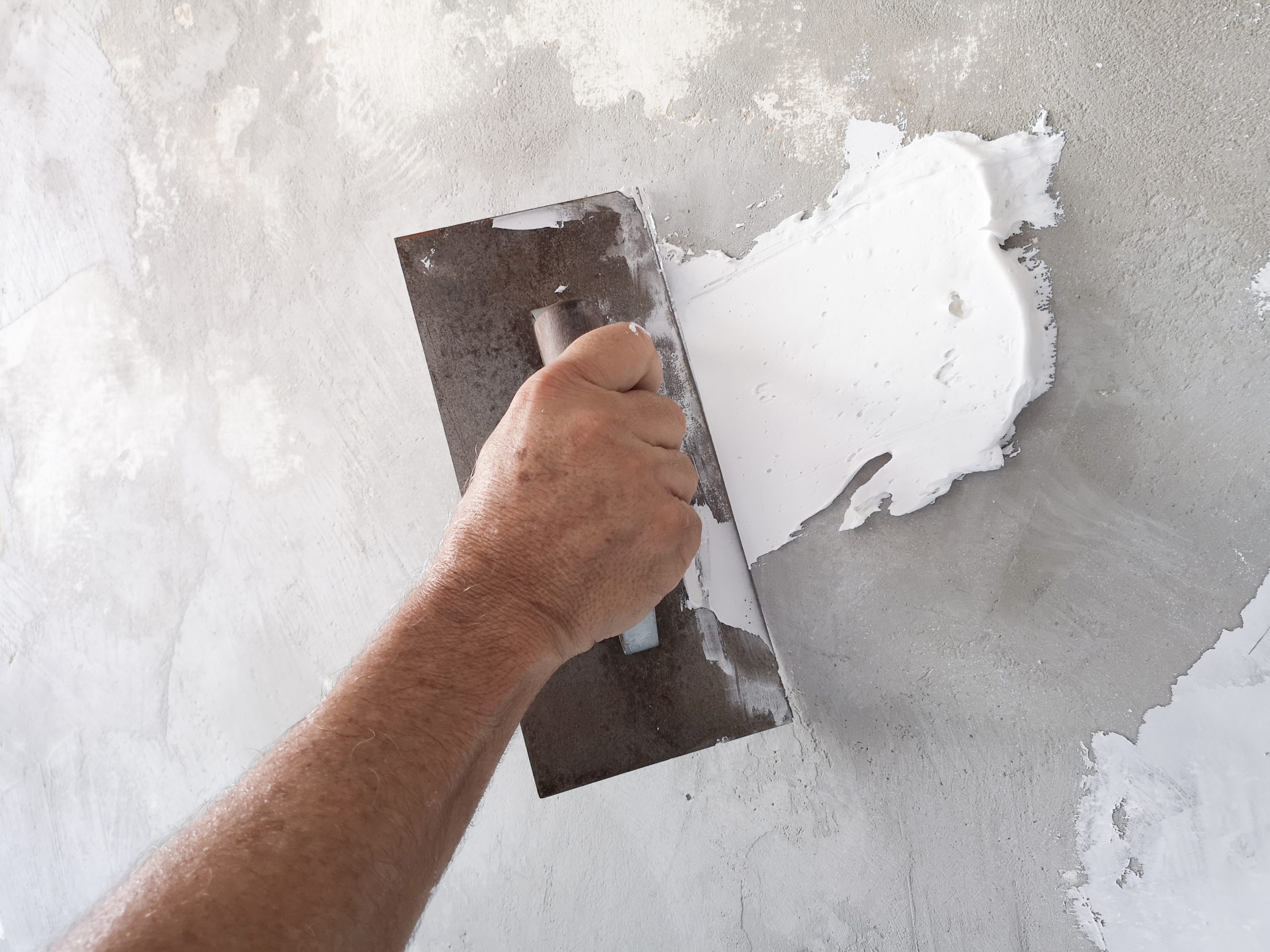Plastering Professionals: Specialist Coatings for Your Home or Office
Plastering Professionals: Specialist Coatings for Your Home or Office
Blog Article
Secret Tips and Equipment for Successful Plastering in Your Home Renovation Endeavors
Accomplishing a flawless plaster surface in your home improvement projects needs a blend of the right tools and tested techniques. Recognizing the nuances of blending plaster and applying it in thin layers can considerably affect the last outcome.
Important Plastering Devices
A plasterer's toolkit is essential to accomplishing a smooth and resilient coating on ceilings and wall surfaces. The necessary devices include a variety of implements designed to help with the gluing process efficiently and efficiently. Key components consist of a hawk, which is a flat, square device utilized to hold the plaster while using it to surfaces. This device enables simple transport and application of the material.

Furthermore, a mixing container is needed for preparing plaster, making certain the right consistency before application. A gluing brush or sponge is beneficial for completing touches and smoothing out textures. Finally, safety and security tools such as gloves and masks need to be included to shield the individual from dirt and chemicals. With each other, these essential plastering tools enable both experts and DIY fanatics to attain high-quality results in their smudging tasks.
Surface Preparation Methods
Appropriately preparing the surface area prior to gluing is crucial for making certain bond and achieving a perfect surface. The initial step involves cleaning up the surface area to remove any dust, grease, or old paint that might prevent the plaster's capability to bond efficiently. A detailed laundry with a suitable cleaning solution is suggested, adhered to by washing and permitting the surface to completely dry entirely.
Next, examine the surface area for any kind of imperfections or cracks. These should be loaded with a suitable filler substance and permitted to treat according to the manufacturer's guidelines. For porous surfaces, applying a primer is essential to create a consistent texture and boost bond.
Furthermore, it is vital to make sure that the surface is steady and structurally sound. Any type of loosened products, such as flaking paint or damaged drywall, need to be fixed or removed. If dealing with stonework surfaces, think about utilizing a scrape coat to enhance hold.
Mixing Plaster Like a Pro

Utilizing a tidy mixing container, put the water initially, then gradually add the plaster powder while stirring continuously. This method aids to avoid clumping and makes certain an also distribution of materials.
As soon as mixed, allow the plaster to Look At This relax for a couple of minutes to make it possible for the plaster crystals to moisturize totally. This pause enhances workability and decreases the risk of cracking during application. By following these steps, you can mix plaster like a professional, setting the structure for an effective smudging task in your home improvement undertakings.
Application Methods for Smooth Finishes
With the plaster mix prepared to the ideal consistency, the next action entails selecting ideal application methods to accomplish a smooth coating. The option of application devices significantly affects the final look of the plastered surface area. For optimal results, a stainless-steel trowel is typically suggested. This tool allows for a fine, also distribution of plaster across the surface while lessening trowel marks - Plastering.
Begin by applying a generous quantity of plaster to the surface area making use of the trowel, ensuring it sticks well. As soon as the initial layer is applied, make use of a sweeping movement to smooth the surface, applying even pressure.
For the final touches, a damp sponge can be used to fine-tune the surface area learn the facts here now even more. Lightly haze the plaster with water and gently scrub the surface area to attain a polished impact. Always keep in mind to function in small sections to preserve control over the application process, making sure a smooth, professional coating throughout your plastering job.
Usual Errors to Avoid
When starting a gluing job, avoiding typical errors is crucial for accomplishing a flawless surface. One of the most widespread mistakes is ignoring surface area prep work. Falling short to tidy and fix the substrate can lead to bad bond and uneven surface areas. Make certain that all dust, grease, and loosened products are eliminated prior to applying plaster.
Another common error is applying plaster also heavily. Thick layers can split as they dry out, jeopardizing the honesty of the finish. Instead, go with multiple thin layers, permitting each layer to dry totally prior to using the official source following.
Furthermore, bad blending techniques can result in inconsistent structure and workability. Always follow the supplier's directions for blending ratios and extensively blend the plaster to accomplish a consistent uniformity.

Timing additionally plays an essential duty; plaster needs to be used while the substratum perspires to improve bond. Lastly, prevent using incorrect tools. High-grade trowels and floats can make a considerable difference in achieving a smooth coating. By staying away from these common risks, you can boost the quality and durability of your plastering job, bring about a much more specialist cause your home improvement undertakings.
Conclusion
Effective gluing needs an extensive understanding of necessary tools and methods. Proficiency of these elements not just contributes to the aesthetic allure of an area however additionally ensures sturdiness and long life in smudging projects, making them essential to effective home renovation endeavors.
A float is an additional important device, which helps in leveling the plaster and accomplishing an uniform surface area.

By following these actions, you can blend plaster like a pro, setting the foundation for a successful plastering task in your home enhancement undertakings.
Lightly mist the plaster with water and delicately rub the surface to achieve a sleek result.
Report this page